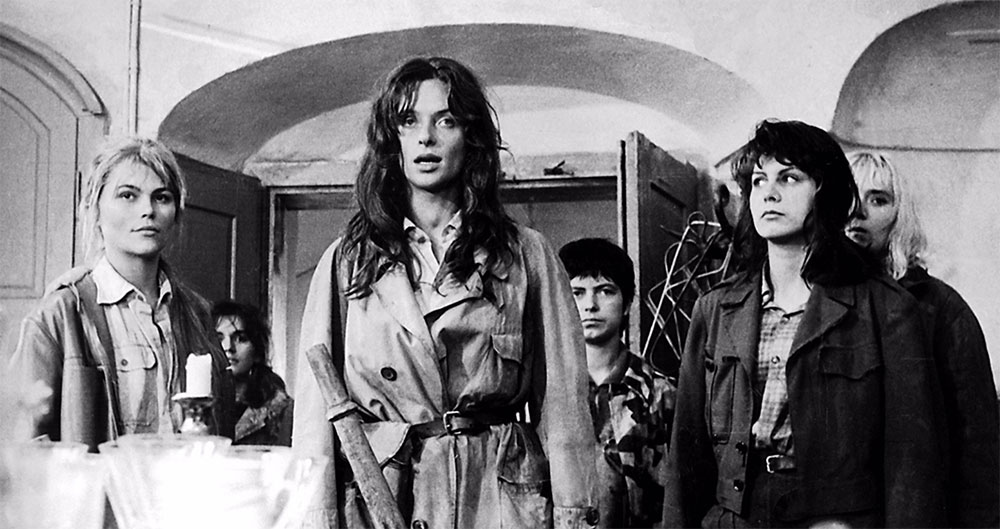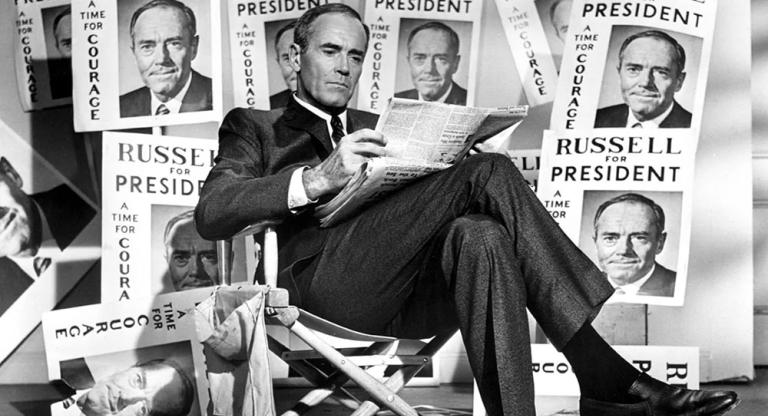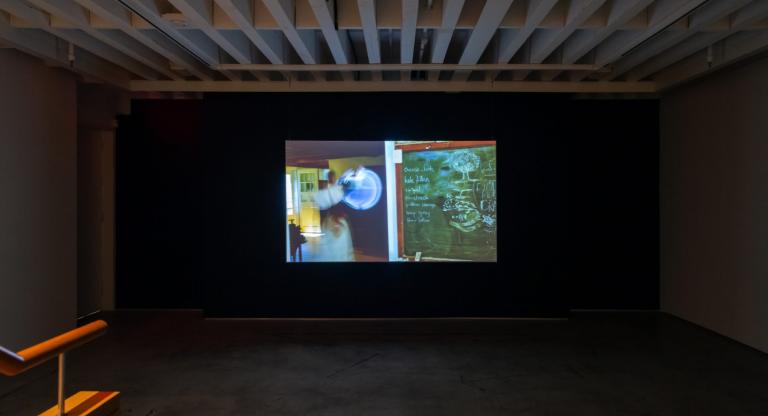Ecocinema Beyond the Iron Curtain, a seven-film series programmed by Lukas Brasiskis and Masha Shpolberg, will screen at Anthology Film Archive this week. The series marks the release of the programmers’ 2023 edited volume, Cinema and the Environment in Eastern Europe from Communism to Capitalism.
The films in this program dramatize the uncomfortable intimacy of environmental consciousness and territorial control across Eastern Europe in the 20th and 21st centuries, which have seen former nuclear test sites rebranded as edenic refuges for wild nature and threatened ecosystems cordoned off from the public only to be used for clandestine military research. These films explore fantasies of the natural world as something neatly separate from human life yet easily shaped to human imperatives and the institutions that sustain them.
Larisa Shepitko’s feature debut, Heat (1963), tells the story of an isolated team of agricultural workers sharing a single yurt on the Kazakh steppe during the Virgin Lands campaign, which aimed to reshape these Central Asian grassland ecosystems through large-scale environmental engineering projects. The film’s characters toil fruitlessly on dry, uncooperative fields, caught between two fantastic realms where productive collective labor is possible. Above, there is space, accessible from the nearby Baikonur Cosmodrome, where a disillusioned, once heroically productive farm worker tells the young and idealistic protagonist to go if he really wants to work. Below, there is the water that allegedly flows beneath the dry ground and could make the land finally bloom—with just the right kind of work. The steppe overwhelms even the most extraordinary feats of masculine labor. Piotr Andrejew’s Tender Spots (1981) turns on a similar failure, this time in a lightly dystopian vision of 1998 Warsaw.
Jan Schmidt’s Late August at the Hotel Ozone (1967, pictured at top) is driven by the same anarchic feminine energy as screenwriter Pavel Juráček’s more celebrated Daisies (1966), but with an edge of more serious violence. In the film, eight somewhat feral young women wander an overgrown countryside of crumbling manorial homes searching for men, all of whom appear to have died. Their undisputed leader and only real link to the world that came before, is Dagmar (Alžbeta Poničanová), a smartly dressed older woman whose crisp manner and concern for her younger charges make the group’s wanderings feel a little like a long, high-stakes field trip.
The film is a remarkable document of Cold War militarism that subjected every inch of territory to a zero-sum accounting of power. As the art historian Barbora Bartunkova describes in her article to the accompanying volume, the film was made by Czechoslovak Army Film with nonprofessional actors who were subjected to rigorous physical training and chosen in part for their ability to complete an obstacle course. Its deserted postwar landscape is in fact exactly that—it was filmed in an area converted to a military training ground in Czechoslovakia, whose German population was deported after World War II.
All of this places Late August at the Hotel Ozone on much more intimate material terms with propaganda, while tonally remaining a world apart. This ambivalence is palpable in the film’s many scenes of violence—the girls exploding shells in a casual gas fire could as easily be a pacifistic gesture as a collective revel in the means of destruction.
Other filmmakers in the program explore the poetics of enclosure more directly, like Sonja Prosenc in The Tree (2014), the story of a family confined to a stark compound for fear of a threat whose details are gradually revealed. Here, the natural world has separated from the environment that surrounds the characters, showing up in isolated discordant artifacts—a tree, a goat—which hint at a beautiful, yet inhospitable world rendered inaccessible.
The strategy of containment against total threat takes on formal significance in Volodymyr Shevchenko’s Chernobyl. Chronicle of Difficult Weeks (1986), an accidental experiment in filming in conditions which are inherently hostile to film itself. Look at the visible image of radiation, the voiceover demands, as an image taken from a helicopter begins to flicker and lighten from exposure to very high levels of radiation from the smoldering reactor below. For a moment, before the film breaks into the business-as-usual of propaganda, the threat has a face and a name. The film remained in circulation in the ecosystem of education and tourism that surrounds the Chernobyl Exclusion Zone, the most obvious real-world referent for these sequestered areas of safety and danger, human settlement and its lack; I first saw it on the (very) small screen of a minibus on a Russian-language tour of the Zone in 2016.
Another post-nuclear primeval appears in the cracks in the facade of the modern city in a cleverly framed shot of a park from Almantas Grikevičius’s Time Passes through the City (1966). Vilnius’ sun-soaked city center is revealed, in swooping, symphonic movements, to contain not only its swinging present, where neatly dressed teens demurely dance in courtyards and embankments, but its pasts and possible futures. Bodies in a castle crypt play the long dead and the victims of a nuclear attack at once, while saints, kings, and archetypal passersby all look on in timeless horror from the walls of Vilnius Cathedral.
Animals erupt on the scene of these films as thematic or moral focal points—reflecting and refracting human failures, large and small, or simply demonstrating the possibility of a different life, a consciousness that exists outside an oppressive order even as it absorbs the violence inherent in that order. Where landscapes are defined by lack of what once was, animal life routinely launches a positive challenge and a complicating presence.
In the first moments of Late August at the Hotel Ozone, a wet footprint dries slowly in the sun, evoking the instantaneous images caught on buildings and sidewalks of the shadows cast by victims of the Hiroshima and Nagasaki bombings by the initial flash of the bombs. The footprint dries and disappears, filled in by light. These films understand the natural world as an absence and a force, technology’s shaping and reshaping of humans and the environment together, and the warped but enduring images that leaves behind.
Ecocinema Beyond the Iron Curtain runs April 25-29 at Anthology Film Archives.



